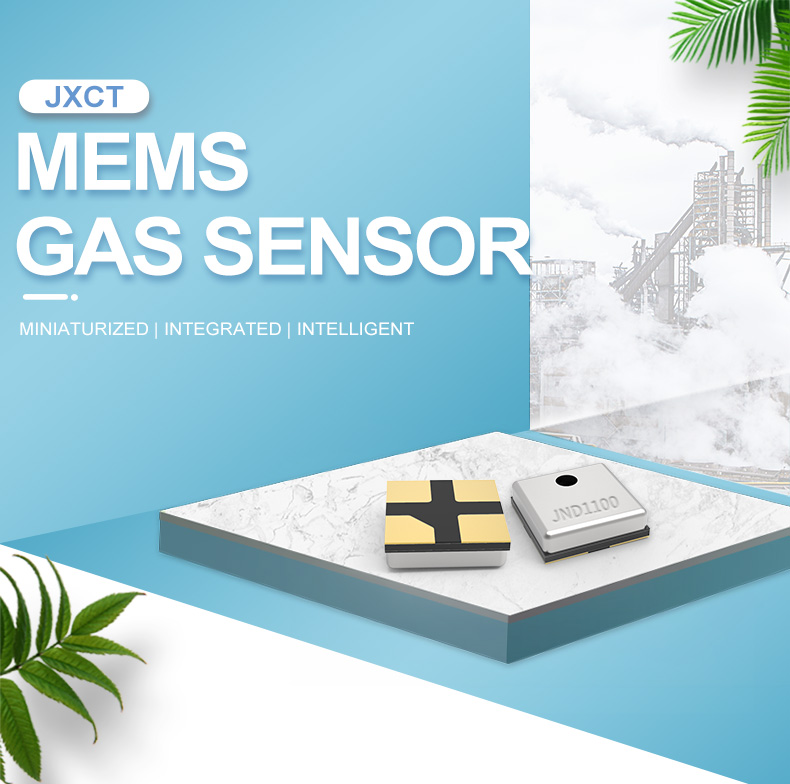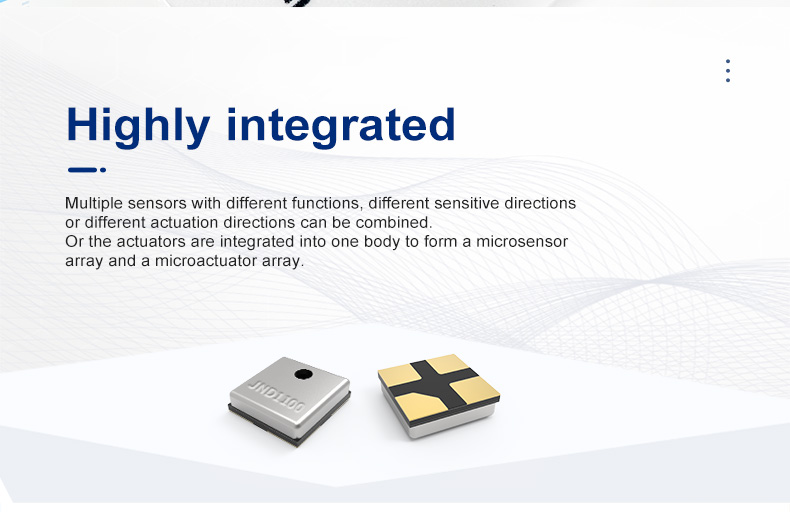Understanding MEMS Gas Sensor:
MEMS gas sensor are a type of miniature gas detection device that integrates various sensing components onto a single microchip. These sensors utilize microfabrication techniques to manufacture sensors at the micron scale, enabling them to detect and quantify different gases accurately.

Advantages of MEMS Gas Sensor
a) Miniaturization: One of the primary advantages of MEMS gas sensors is their compact size. Their small form factor allows for easy integration into portable devices, wearable gadgets, and even drones. This enables real-time monitoring in confined spaces or remote locations, enhancing worker safety and situational awareness.

b) Increased Sensitivity and Accuracy: MEMS gas sensors offer impressive sensitivity and accuracy. By leveraging the advancements in nanotechnology, these sensors are capable of detecting minute concentrations of hazardous gases. This heightened precision ensures early detection of potential threats, mitigating the risk of accidents or exposure to harmful substances.
c) Rapid Response Time: Compared to traditional gas detection methods, MEMS gas sensors exhibit faster response times. This attribute is crucial in high-risk environments where immediate detection may be the difference between a minor incident and a catastrophic event. Quicker response times provide valuable time for remedial action, resulting in enhanced operational safety.

d) Lower Power Consumption: MEMS gas sensor consume significantly less power compared to their conventional counterparts. This feature makes them ideal for battery-powered applications, enabling prolonged monitoring without frequent battery replacements. Additionally, reduced power consumption contributes to energy savings and environmental sustainability.

e) Cost-Effectiveness: MEMS gas sensors are significantly more cost-effective than traditional sensors. The miniaturization process allows for mass production at a lower cost per unit, making them more accessible to industries of various scales. This affordability facilitates wider adoption and implementation, leading to improved safety practices across multiple sectors.